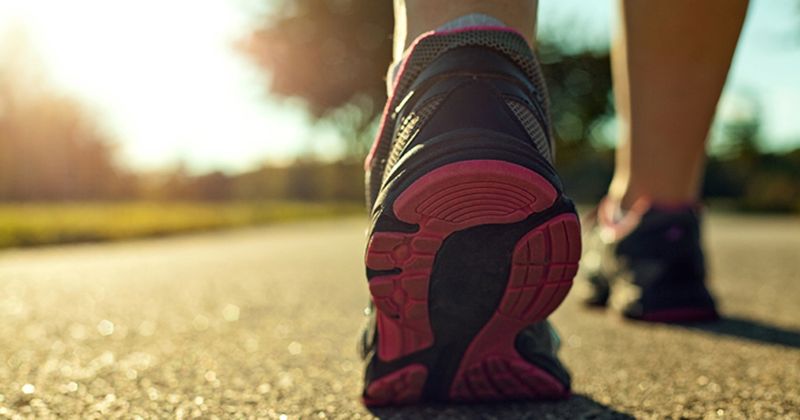Supervised Nordic walking improves aerobic capacity, muscle strength in obesity
Adults with overweight or obesity had improved aerobic capacity and muscle strength after 6 months of supervised Nordic walking and maintained the improvements during 6 months of unsupervised training, according to study data.
“Although the results should be treated with caution for the small simple size, we found that a supervised program including Nordic walking or walking may improve functional and body composition parameters in adults affected by overweight and obesity, or at least prevent it from decreasing after a supervised intervention and return to the pre-intervention baseline,” Andrea P. Rossi, MD, PhD, specialist in the geriatrics division of the department of medicine at the University of Verona, Italy, and colleagues wrote in a study published in Nutrition, Metabolism & Cardiovascular Diseases. “The unsupervised activity with Nordic walking might, therefore, have superior efficacy than walking when used as maintenance intervention between subsequent cycles of supervised programs.”

Rossi and colleagues conducted a single-center, unblinded, parallel group randomized controlled trial in which 27 adults aged 50 to 80 years with overweight or obesity living in Verona were placed in a Nordic walking group (n = 15) or a walking exercise cohort (n = 12). Nordic walking is a form of exercise where people walk while using long, specially designed poles. According to the researchers, the poles allow walkers to exercise their upper body and arms, leading to greater energy expenditure than normal walking.
All participants had stable weight in the previous 3 months and were not involved in any other exercise program. Both groups participated in 6 months of supervised training combined with a controlled diet. After the supervised training was completed, participants were asked to continue following the diet and continue their exercise regimen unsupervised for another 6 months. During the unsupervised training, participants wore a pedometer and heart rate monitor, and were asked to record the number of steps and mean heart rate in a dairy. BMI, fat and lean mass, cardiorespiratory capacity and muscle strength were measured at baseline, at the conclusion of the supervised training and at the end of the unsupervised period.
During unsupervised training, both study groups had a decrease in training over time. Pairwise multiple comparisons showed a significant reduction in month 4 and month 5 of unsupervised training compared with the first month. Intent-to-treat analysis revealed a decrease in steps per session over time in both groups. There was no difference in mean heart rate in either group.
Both groups had an increase in cumulative steps from supervised training to the first 3 months of unsupervised walking, followed by a decrease in steps from the first 3 months of unsupervised walking to the last 3 months. The walking group had a reduction in adherence to the training program during unsupervised training compared with the supervised program, whereas there was no significant difference in the Nordic walking cohort.
From the end of the supervised walking program to the unsupervised follow-up, there were no differences in BMI, total fat or lean mass in either group. The walking group had a 9% decrease in fat mass at the end of the trial compared with baseline (P = .014), whereas there was no difference in the Nordic walking cohort. Compared with baseline, the Nordic walking group had a 13.5% increase in distance in the 6-minute walking test at the end of the unsupervised period, and the walking cohort had an 11% improvement. In strength parameters, the Nordic walking group had a 33% improvement in arm curls and a 31% improvement in the chair stand from baseline to the end of the unsupervised training period. However, there were no significant changes in the walking test or muscle strength from the start of the unsupervised training period to the end.
“The unsupervised method may be useful for up to 6 months to prevent a return to pre-intervention condition, but to obtain further positive improvements there is the need of a trained instructor to guide the exercise sessions,” the researchers wrote. “Thus, the presence of a qualified instructor during the exercise, at least periodically, is needed also to prescribe simple training programs, such as Nordic walking or walking, in order to motivate people and thus maintain long-term changes in exercise behavior.”
